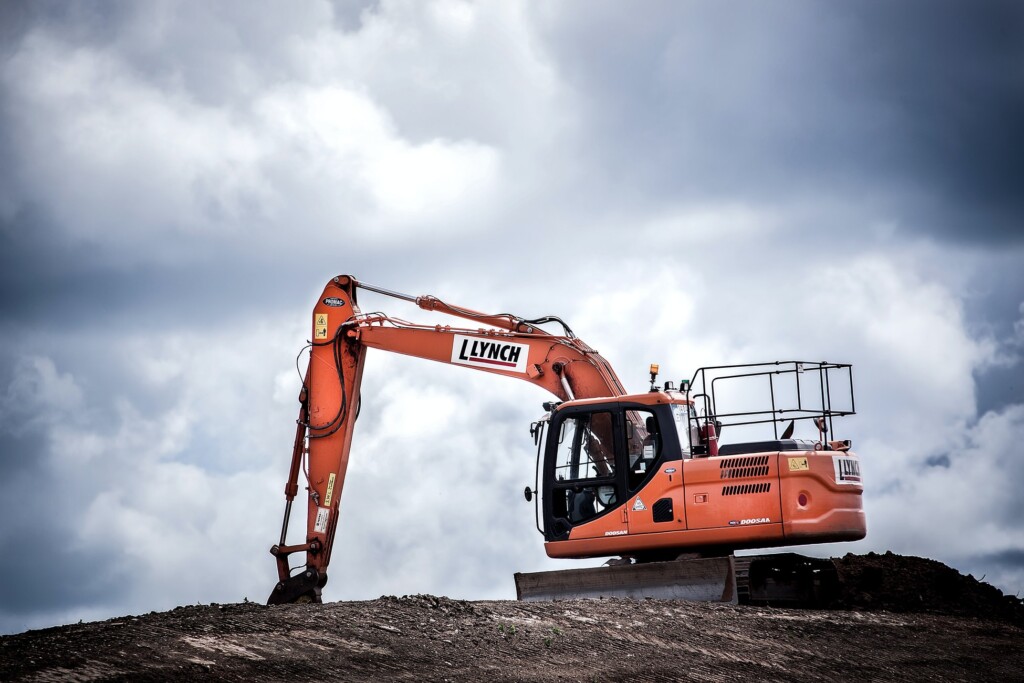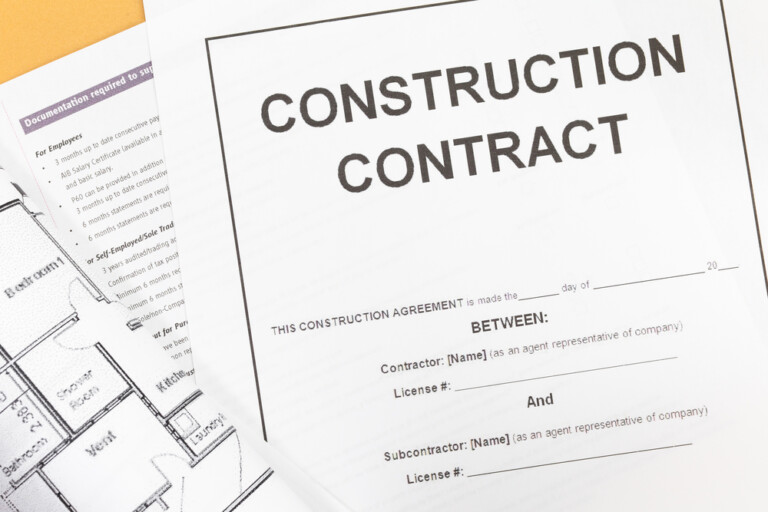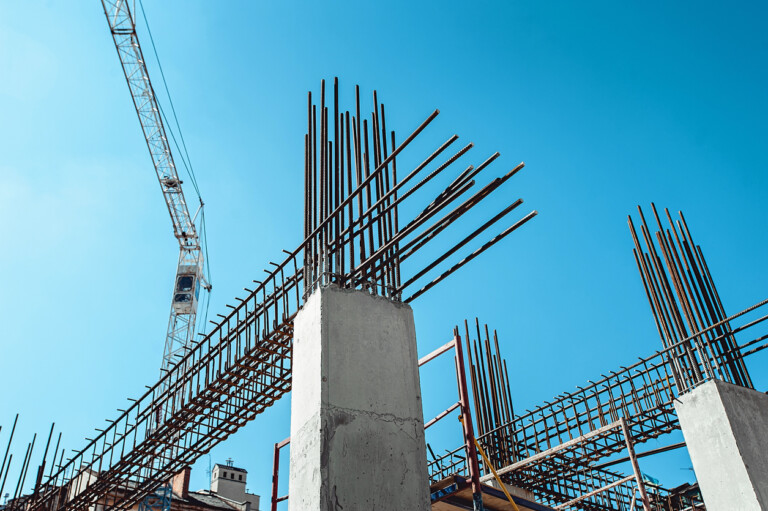
A claim of lien pursuant to the Builders Lien Act (the “BLA”) in B.C. creates a lien against the specific property where work and services were provided. The lien is registered against the interest of the registered owner of the land. The lien claimant may be a subcontractor with no contractual relationship with the owner but the subcontractor is nonetheless entitled to encumber the owner’s lands.
The subcontractor in this scenario is obliged to commence an action to enforce the lien claim within one year of filing the lien. The owner is a necessary party to the action to enforce the claim against the lands. It is common practice for the subcontractor to also pursue his claim for payment from the contractor in the same action.
Recently in the case of Trans Canada Trenchless Ltd. v Targa Contracting (2013) Ltd, 2021 BCSC 2518 the court considered the consequences when a subcontractor fails to name the owner in the action. In this case the plaintiff subcontractor, Trans Canada, filed a lien in relation to certain underground utilities work carried out for the contractor Targa Contracting. The lien was filed in time and the action to enforce the lien was commenced in time but Trans Canada failed to name the owner in the action. Further, the action did not include any wording to enforce the lien as against the lands.
The lien was cancelled from title to the land by Targa Contracting posting security for the lien. The litigation proceeded, with the lien secured, and Targa Contracting defended the claim. Three years later Targa Contracting decided to take steps to strike the lien arguing that the pleadings did not include a claim to enforce the lien as required by the BLA and that Trans Canada’s failure to name the owner as a defendant in the action was a fatal defect. Trans Canada brought a cross-application seeking to add the owner as a defendant and to claim enforcement of the lien against the lands.
It is noteworthy that the limitation period for Trans Canada to commence an action against the owner had expired. In a surprising result the court allowed Trans Canada to add the owner as a defendant, and amend the claim to expressly include a claim to enforce the lien. Targa Contracting’s application to strike the lien claim was dismissed.
Targa Contracting argued that the BLA requires strict compliance and if the action to enforce the claim of lien was not properly pled the lien is extinguished. If Targa Contracting succeeded in its application to strike the lien, the lien security it had posted could be released, leaving Trans Canada with an unsecured claim.
Trans Canada argued that the BLA should be read in a purposive manner. Trans Canada acknowledged that there was a “technical defect” in the pleadings and that the provisions of the BLA creating the right to a lien are to be strictly complied with. However, they argued that once the lien was properly filed and entitlement was established, the BLA is to be construed liberally with consideration to its remedial purpose.
The court acknowledged that meaning must be given to section 33(5) of the BLA which requires that the action explicitly include language to enforce the lien. However, the relief sought by Trans Canada under the civil rules allowed the court to exercise its discretion to determine if the owner could be added as a party and whether the claim could be amended to correct the defect.
The determination that the owner should be added as a party turned on the fact that the owner waived the non-compliance with section 33(5): the owner did not object to being added after the limitation period had expired and did not object to the amendments to the claim to enforce the claim of lien. Although not stated in the reasons, we can assume that the owner did not take issue with the relief sought because its contract with Targa Contracting likely contained language requiring the contractor to indemnify and defend the owner with respect to any liens filed by subcontractors.
Targa Contracting still had a vested interest in having the lien struck because then the lien security it posted could be released. Targa Contracting argued that the claim against the owner was extinguished because the limitation period expired and it cannot be revived. Targa Contracting argued that as a matter of policy, lien claims should be dealt with expeditiously because an owner whose land is subject to a lien requires more expeditious resolution than might otherwise be the case. But here the lien no longer attached to the land and the owner did not take issue with being added as a party.
The court held that the overriding question is whether it is just and convenient to add the new party and grant leave to raise the new claims. The issue was resolved in favour of Trans Canada and it was allowed to amend the pleadings and add the owner.
The case serves as a useful reminder that careful consideration is required when drafting pleadings to enforce a lien claim and identifying the proper parties to the action. It also serves as a helpful illustration of how an owner can shield itself from liability for lien claims with properly drafted provisions downloading the obligation to defend and indemnify the owner with respect to matters arising from a subcontractor’s lien.



